Discovering Fátima, Batalha Monastery and Alcobaça Monastery
As the sun dipped below the horizon, casting a golden hue over the ancient stone walls of Fátima, a sense of reverence filled the air.
The journey through Portugal’s historical tapestry unfolds with the discovery of Fátima, Batalha Monastery, and Alcobaça Monastery. Each site holds a unique story waiting to be unraveled, from the spiritual significance of Fátima to the intricate Gothic details of Batalha Monastery and the royal tombs of Alcobaça Monastery.
Engage with the past, for within these walls lies a world of wonder and heritage that beckons the curious traveler to uncover more.
Key Points
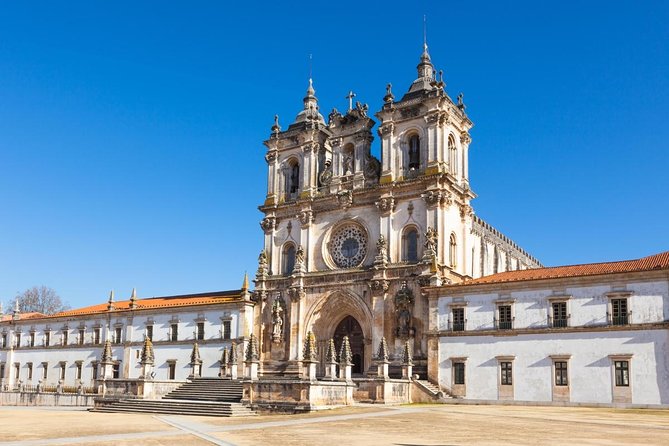
- Fátima: Symbol of faith, pilgrimage, and spiritual fulfillment.
- Batalha Monastery: Exemplifies Gothic architecture and royal patronage.
- Alcobaça Monastery: Cistercian heritage, royal tombs, and cultural significance.
- Historical importance: Fátima, Batalha, and Alcobaça reflect Portugal’s rich religious and architectural history.
Fátima: A Pilgrimage Destination

Fátima, a renowned pilgrimage destination, captivates visitors with its rich history and spiritual significance. The pilgrimage experience in Fátima is deeply rooted in the story of three shepherd children who reported apparitions of the Virgin Mary in 1917.
Pilgrims from all over the world flock to this sacred site seeking spiritual fulfillment and a connection to the divine. The Sanctuary of Our Lady of Fátima stands as a symbol of faith and hope, drawing in countless individuals on a profound spiritual journey.
Visitors often partake in religious ceremonies, light candles as offerings, and reflect in quiet prayer, making each pilgrimage a unique and personal experience. Fátima’s allure lies not only in its historical importance but also in the transformative impact it has on those who make the spiritual journey.
Batalha Monastery: Gothic Masterpiece
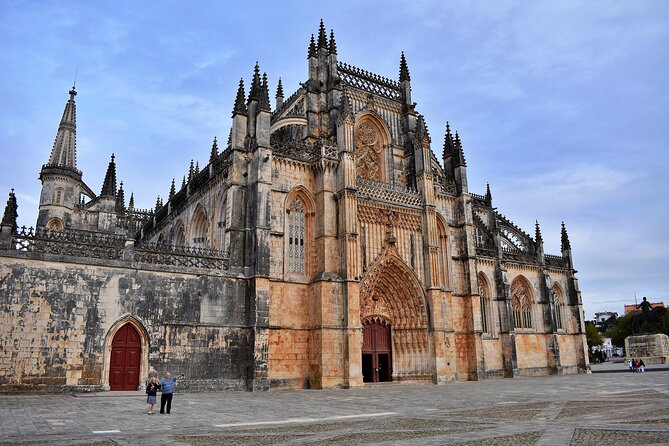
The Batalha Monastery, a stunning example of Gothic architecture, showcases intricate details and historical significance that captivate visitors exploring Portugal’s cultural heritage. This UNESCO World Heritage site was commissioned by King João I in 1386 to commemorate the victory in the Battle of Aljubarrota.
The monastery’s construction spanned centuries, resulting in a unique blend of styles, including Manueline and Flamboyant Gothic. The intricate stonework on the exterior, with its delicate tracery and elaborate sculptures, leaves visitors in awe of the craftsmanship of the era.
Inside, the grand nave and chapels adorned with beautiful stained glass windows and intricate vaulted ceilings provide a glimpse into the opulence of the Portuguese monarchy. The Batalha Monastery stands as a testament to Portugal’s rich architectural history and cultural legacy.
Alcobaça Monastery: Cistercian Heritage
With its serene atmosphere and rich history, Alcobaça Monastery stands as a testament to Cistercian heritage in Portugal. This impressive monastery, founded in 1153, showcases stunning Cistercian architecture characterized by simplicity and elegance.
The monastery’s history is deeply intertwined with the Cistercian order, known for its dedication to prayer, work, and self-sufficiency. Alcobaça Monastery played a significant role in the medieval period, serving as a center of spiritual and cultural life.
Its grandeur and architectural beauty continue to captivate visitors, offering a glimpse into the past and the traditions of the Cistercian monks who once inhabited its walls. Exploring the monastery’s corridors and cloisters provides a unique insight into the history and legacy of Cistercian heritage in Portugal.
Historical Significance of Fátima
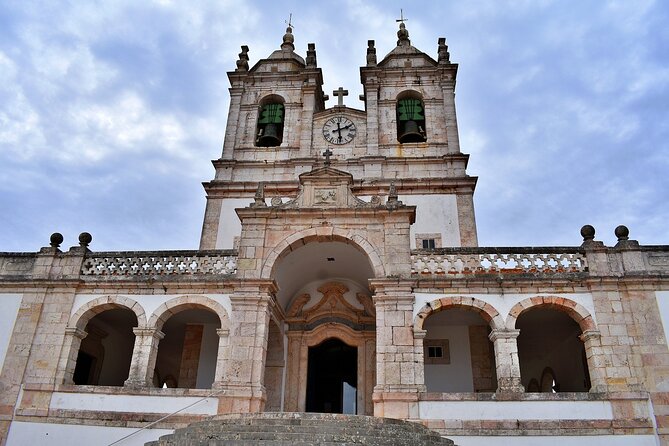
Alcobaça Monastery’s profound historical roots pave the way to understanding the enduring significance of Fátima in Portugal’s cultural landscape.
Fátima holds a pivotal role as a religious pilgrimage site, drawing countless visitors seeking spiritual significance. The small town gained international recognition after three young shepherds reported apparitions of the Virgin Mary in 1917. This event led to the construction of the Sanctuary of Fátima, a place of worship and reflection for believers worldwide.
The site’s historical importance is deeply intertwined with its role as a symbol of faith and devotion, attracting pilgrims from all corners of the globe. Fátima’s legacy as a center of spiritual reverence continues to resonate, making it a cornerstone of Portugal’s religious heritage.
Architectural Marvel: Batalha Monastery
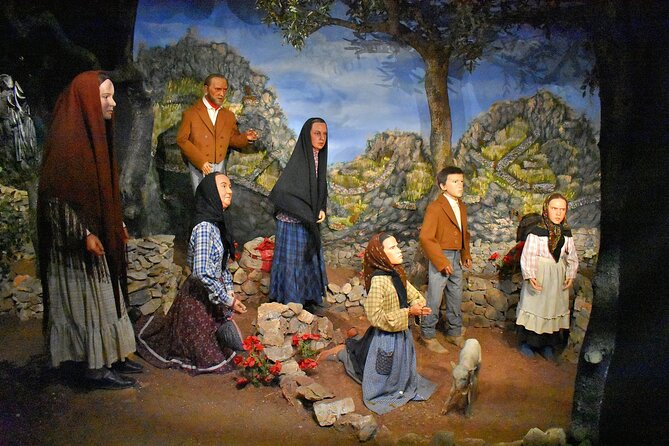
Nestled in the heart of Portugal, Batalha Monastery stands as a breathtaking architectural masterpiece that captivates visitors with its intricate design and rich history. The monastery, a prime example of Gothic architecture, was commissioned by King John I in the 14th century to commemorate the victory in the Battle of Aljubarrota. Its stunning façade showcases elaborate stone carvings and rose windows, embodying the grandeur of Portuguese history. The interior features soaring vaulted ceilings and delicate lace-like stonework, reflecting the skilled craftsmanship of its builders. Batalha Monastery’s Royal Cloister is a highlight, adorned with stunning Manueline-style decorations. This UNESCO World Heritage site offers a glimpse into the past, inviting visitors to enjoy the beauty of Portugal’s architectural legacy.
| Feature | Description | Importance |
|---|---|---|
| Gothic Architecture | Exemplifies intricate design and detailed carvings | Historical Significance |
| Portuguese History | Commemorates the Battle of Aljubarrota victory | Cultural Heritage |
| Royal Cloister | Manueline-style decorations in the cloister | Architectural Beauty |
Alcobaça Monastery: Royal Tombs
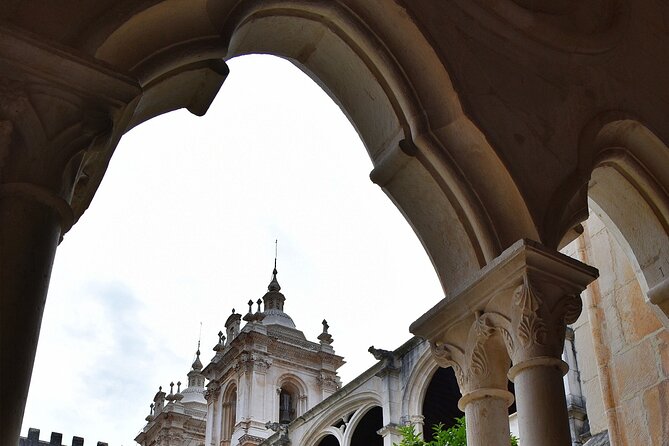
Adorned with the solemn grace of history, the Royal Tombs within the Alcobaça Monastery stand as a testament to Portugal’s regal past. These tombs, intricately designed and meticulously crafted, hold the remains of some of the country’s most prominent monarchs, showcasing Portugal’s royal heritage in a tangible and poignant manner.
The Alcobaça Monastery, known for its stunning architecture and historical significance, serves as the final resting place for kings and queens, reflecting the grandeur and importance of the monarchy in Portuguese history. The burial traditions observed in these royal tombs offer a glimpse into the customs and rituals surrounding the interment of royalty, providing visitors with a unique insight into the cultural practices of the time.
Common questions
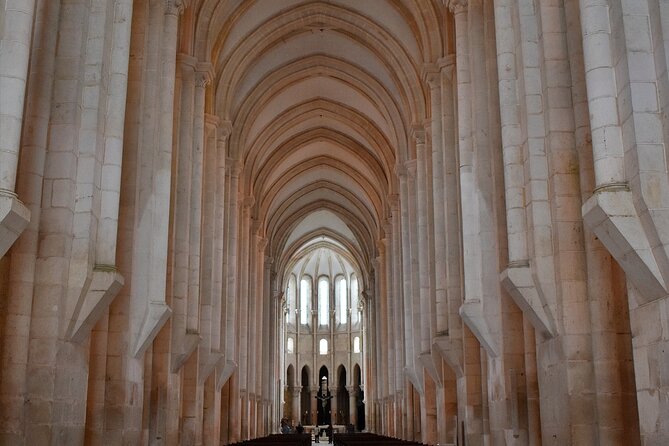
What Is the Best Time of Year to Visit Fátima, Batalha Monastery, and Alcobaça Monastery?
The best time to visit Fátima, Batalha Monastery, and Alcobaça Monastery is during the spring and fall when the weather is pleasant. Visitors can enjoy the attractions, nearby points of interest, local customs, and special events without strict dress codes.
Are There Any Specific Dress Codes or Guidelines to Follow When Visiting These Religious Sites?
When visiting religious sites, it’s essential to respect dress codes and cultural etiquette. Modest attire covering shoulders and knees is typically required. Avoiding loud behavior and taking photos only in permitted areas are also important guidelines to follow.
Are There Any Local Customs or Traditions That Visitors Should Be Aware of When Exploring These Destinations?
Visitors should respect local etiquette, cultural norms, and traditional customs when exploring these destinations. Being aware of religious practices, seasonal activities, and neighboring landmarks can enhance the experience and show appreciation for the region’s rich heritage.
Are There Any Special Events or Festivals Held at Fátima, Batalha Monastery, or Alcobaça Monastery That Tourists Should Try to Attend?
Special events like cultural celebrations, religious pilgrimages, and local markets are must-attend experiences at Fátima, Batalha Monastery, and Alcobaça Monastery. Tourists should enjoy the vibrant atmosphere and rich traditions during these festivities.
Are There Any Nearby Attractions or Points of Interest That Visitors Should Consider Adding to Their Itinerary When Visiting These Historical Sites?
Visitors exploring these historical sites should also consider indulging in local cuisine and exploring nearby nature trails. These experiences offer a deeper connection to the region’s culture and natural beauty, enhancing the overall trip.
Last Words
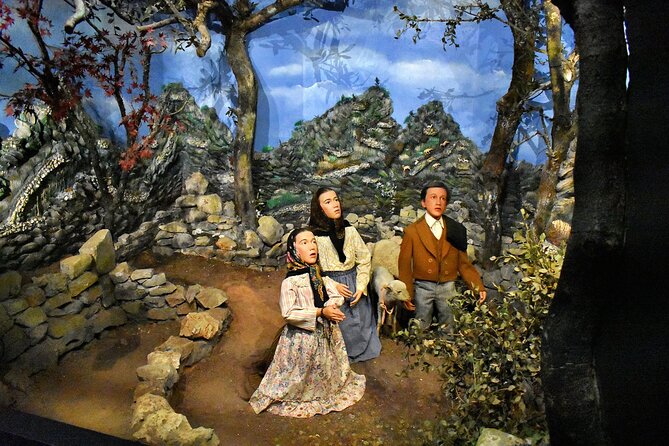
Set out on a journey through Portugal’s history and architecture with a tour of Fátima, Batalha Monastery, and Alcobaça Monastery.
From the spiritual significance of Fátima to the Gothic grandeur of Batalha Monastery and the serene beauty of Alcobaça Monastery, each site offers a unique and enriching experience.
Explore the stories and legends that have shaped these iconic landmarks, and learn about the beauty and history that await you in Portugal.